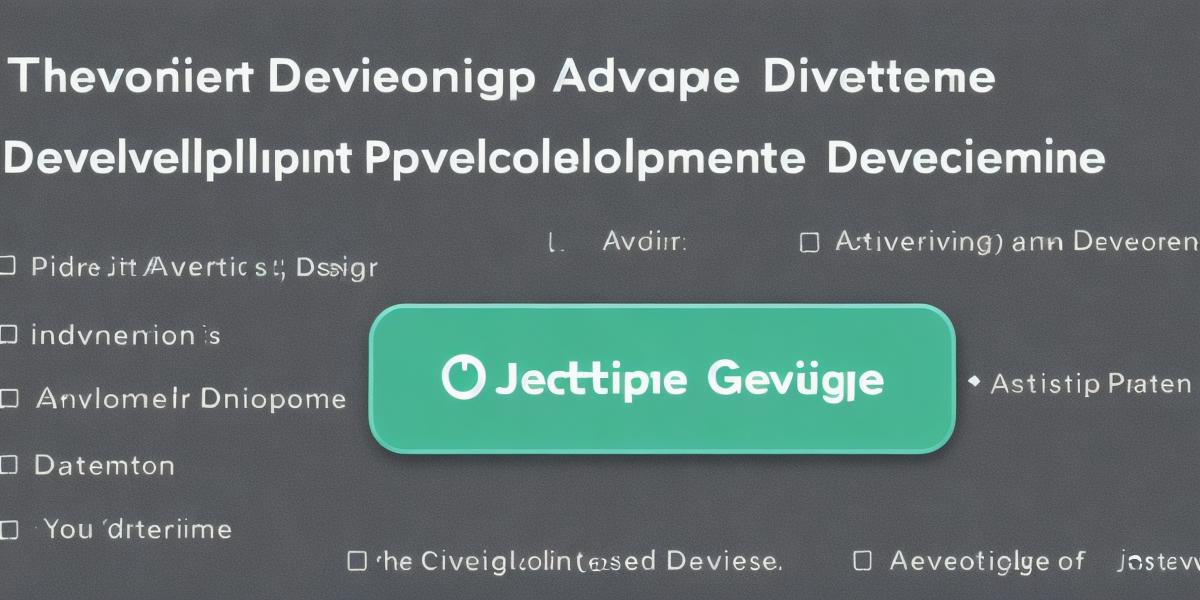As an android developer, you know the importance of creating apps that are efficient, user-friendly, and scalable. However, achieving these goals can be challenging, especially when it comes to designing your app’s architecture. That’s where design patterns come in handy. In this article, we will explore some of the most common Android development design patterns and how they impact app development.
- Singleton Design Pattern
The singleton design pattern is a creational pattern that ensures a class has only one instance and provides a global point of access to it. In android development, this pattern is commonly used for classes such as database connections or logging utilities. Using the singleton pattern ensures that your app’s resources are used efficiently, as there is no need to create multiple instances of these classes. - Repository Design Pattern
The repository design pattern is an architectural pattern that separates the data access layer from the business logic layer. This pattern enables developers to make changes to the data source without affecting the rest of the app’s codebase. In android development, this pattern is commonly used for managing data storage and retrieval. By using a repository, your app can easily switch between different data sources, such as SQLite or Cloud Firestore. - ViewModel Design Pattern
The view model design pattern is a reactive programming model that separates the UI from the business logic layer. This pattern enables developers to create more responsive and dynamic UIs by decoupling the UI components from their data sources. In android development, this pattern is commonly used for managing UI state and handling user interactions. - MVP Design Pattern
The model-view-presenter (MVP) design pattern is a structural pattern that separates the app’s business logic from its presentation layer. This pattern enables developers to create more modular and maintainable code by separating the presentation logic into its own component. In android development, this pattern is commonly used for managing UI interactions and handling user inputs. - Clean Architecture Design Pattern
The clean architecture design pattern is an architectural pattern that separates the app’s business logic from its infrastructure layer. This pattern enables developers to create more modular and maintainable code by decoupling the presentation layer from the data source. In android development, this pattern is commonly used for managing dependencies between different layers of the app’s codebase.

In conclusion, mastering these design patterns can greatly impact your app’s success. By using these patterns, you can create more efficient, user-friendly, and scalable apps that are easy to maintain and update. As an android developer, it is essential to understand these patterns and how they impact app development. By implementing these patterns into your app’s architecture, you can ensure that your app performs optimally and meets the needs of your users.
